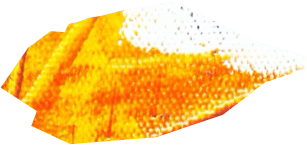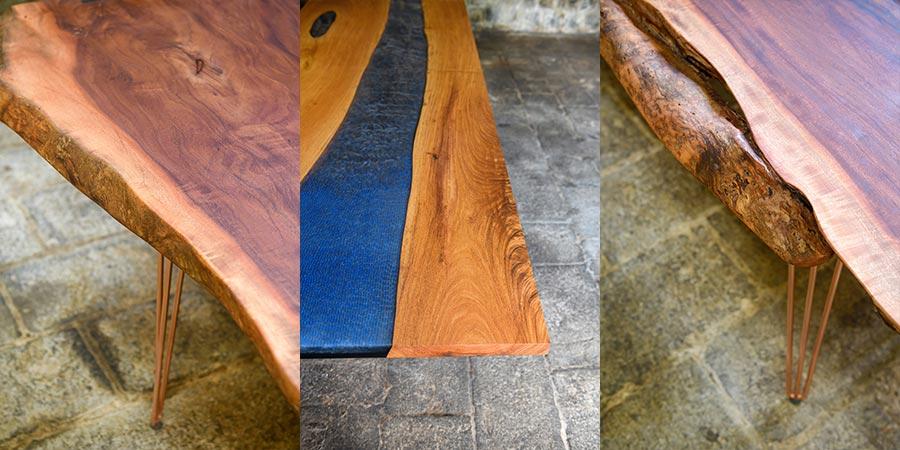

Feng Shui, which could be translated as wind and water, is an ancestral Chinese practice that dates back over 4,000 years. Feng Shui is a combination of beliefs, traditions, common sense and divination, and believes that the smooth flow of energy brings harmony to the earth’s environment;
Good Feng Shui respects certain rules for the layout of the home and our living space must be designed according to the energies in order to establish harmonious relationships, to be in good health…
The essentials of Feng Shui are:
CHI
Chi is a difficult concept for Westerners to grasp. Chi for the Chinese, Qi for the Japanese and Prana in India, Chi is an omnipresent vital force that circulates freely between all the things and beings in the universe. Chi is the universal energy of life that permeates the world: every living organism is animated by energy and generates its own Chi. Chi is multivibratory because it is charged with all the energies it encounters, and its intensity and quality vary with its movements. In a home, it will become impregnated with all the elements of the house: materials, colours, architecture, plants and people. It can be blocked by walls or furniture, absorbed by water, weakened by dying plants or attacked by angular shapes;
Depending on the home, Chi can have a positive or negative influence on the day-to-day life of the occupants;
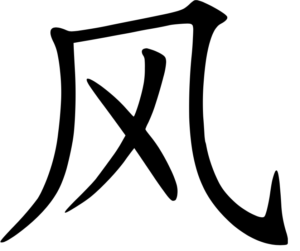
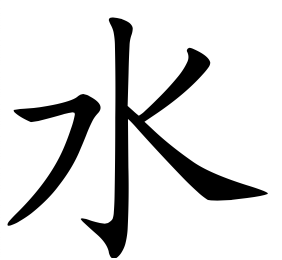
The FIVE ELEMENTS are wood, fire, water, metal and earth, but no element is itself. They define themselves in relation to each other and, like Yin and Yang, are interdependent; Their relationship is organised into three cycles:
The five elements must be present together and distributed harmoniously and in a balanced way according to the use of the room and the atmosphere you want to create;
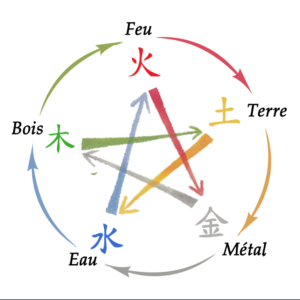

YIN AND YANG are two forces that are at once opposed, interconnected and complementary. Yin, the black part of the symbol, represents femininity, the earth, the moon, cold and calm. The Yang, the white part of the symbol, represents the masculine, the sky, heat and movement. It is the balance of these two inseparable forces that ensures a good flow of energy;
The aim of Feng Shui is to harmonise the two energies in order to maintain a balance according to the rooms in the house and their function;
Colours are also associated with Yin and Yang. Red, orange, white and pastel shades are Yang, while green, blue, purple, brown, grey and black are Yin;
.
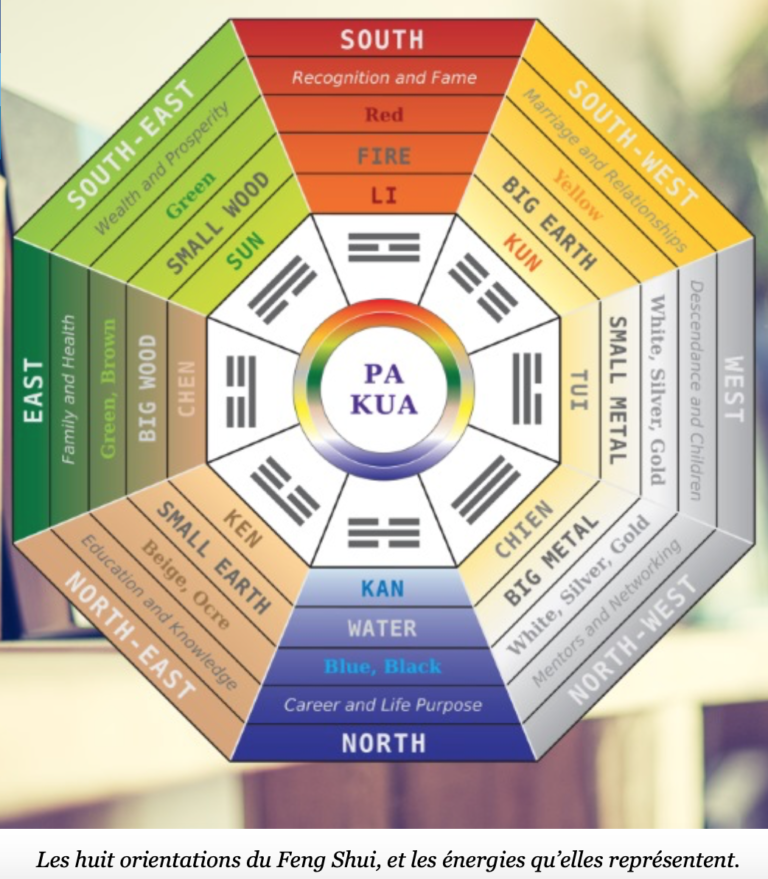
LA PA KUA or BAGUA is an indispensable Feng (wind) Shui (water) tool for analysing a house; It represents the eight areas of life grouped around a centre. It can be used to assess the quality of the energy circulating in each of the nine domains and to diagnose their impact on the occupants of the home:
The Pa kua is an octagon which divides the house into sectors corresponding to each of the cardinal points. It can be used to check whether the Chi is circulating well in the house, and could be compared to a scanner which identifies the strong and weak points. It allows you to determine which parts of the house correspond to which sectors of life. To use it, you need to have a floor plan of the house, and take into account the furniture and objects, the colour of the walls, etc;
Everything must be designed to provide stimulation, calm, warmth, conviviality and reflection. To achieve this, every detail is important. We’ll be coming back soon to the rules to apply and the mistakes to avoid if you want a Feng Shui interior where harmony reigns;
Text: Corinne G.
Share this article with your friends



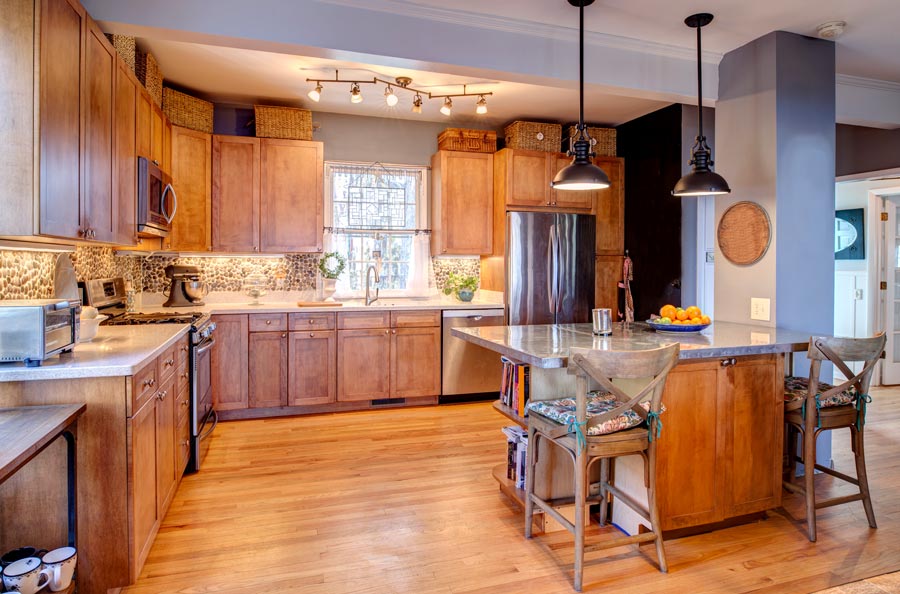

© Copyright 2021 – Homes.mu by Eclipse Investments | Design with ❤ by Mataora.com
Soyez le premier à recevoir les nouveautés de Homes Magazines directement dans votre boite email.
